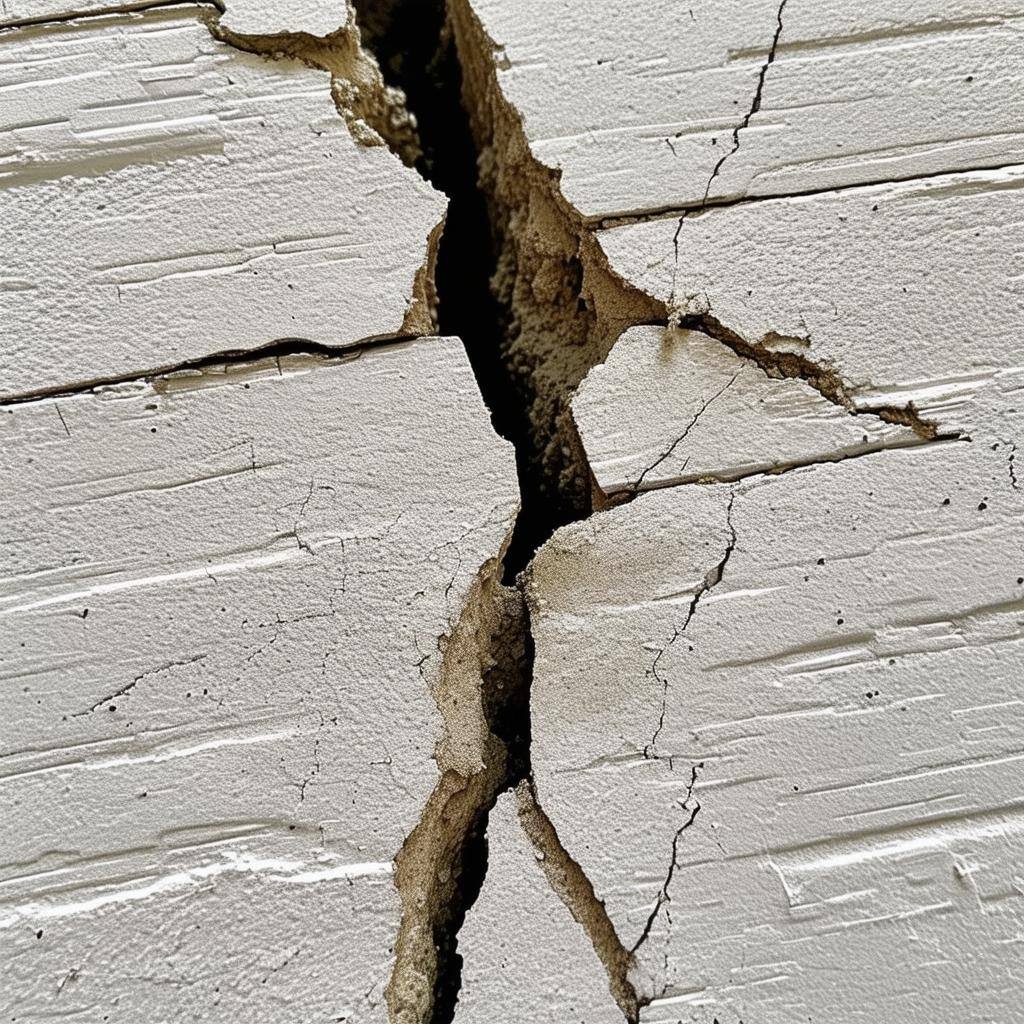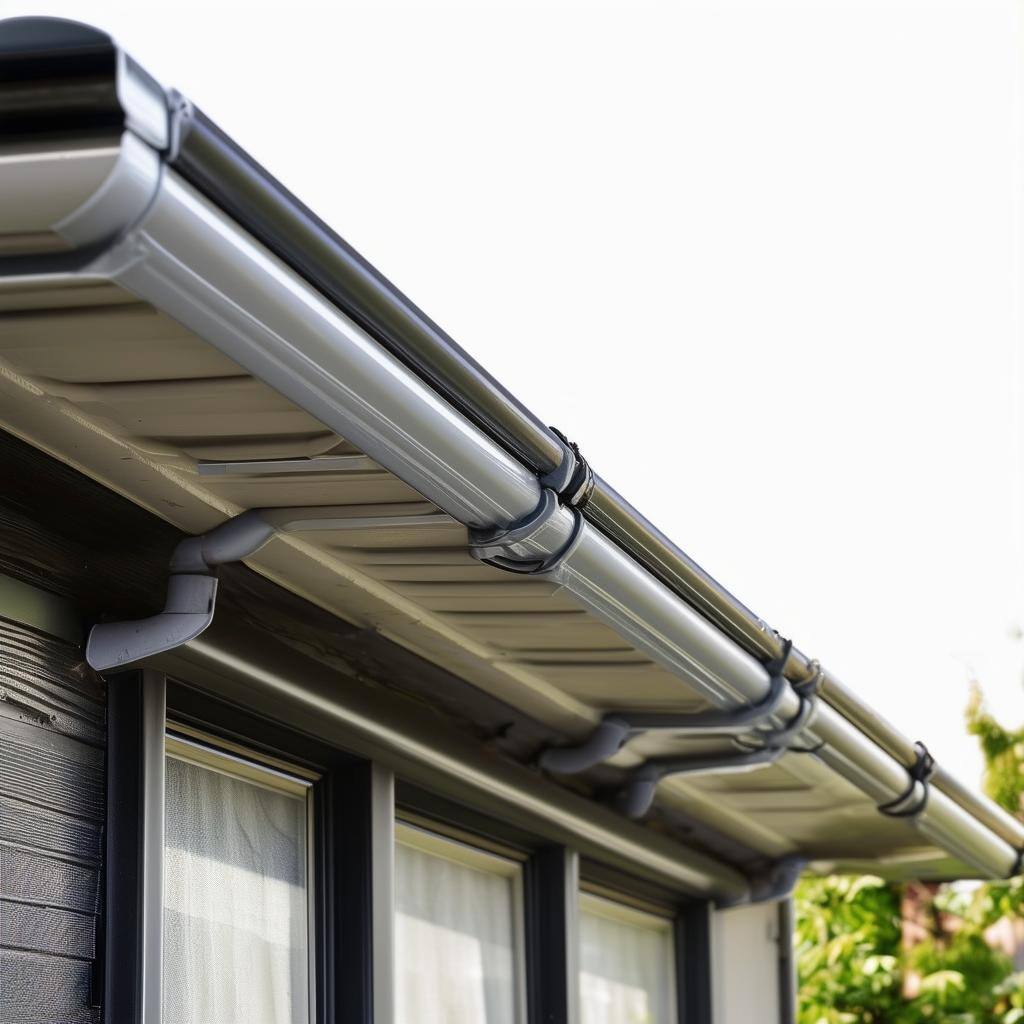The Ultimate Guide to Residential Flooring: Types, Benefits, and Choosing the Right Option
When it comes to creating a comfortable and stylish home, flooring plays a vital role. The right flooring can enhance the aesthetic appeal of your space, provide comfort underfoot, and even improve your home's value. With a wide variety of materials and styles available, it’s essential to understand the options and factors to consider when selecting residential flooring. This guide will explore popular types of residential flooring, their benefits, and tips for making the best choice for your home.
Learn More Below for Types, Benefits, Selection Factors, and Maintenance Tips!
Types of Residential Flooring
1. Hardwood Flooring
Hardwood floors are a classic choice that adds warmth and elegance to any room. Available in various species (like oak, maple, and cherry), hardwood can be finished in a range of stains and finishes.
Benefits:
- Timeless aesthetic appeal
- Durability and longevity
- Can be refinished multiple times
Considerations: Hardwood can be sensitive to moisture, making it less ideal for bathrooms or basements.
2. Laminate Flooring
Laminate flooring mimics the appearance of hardwood, stone, or tile but is made from composite wood with a photographic layer. It is an affordable and versatile option for many homeowners.
Benefits:
- Cost-effective alternative to hardwood
- Scratch and stain-resistant
- Easy to install and maintain
Considerations: While durable, laminate cannot be refinished like hardwood, and it may not offer the same warmth or authenticity.
3. Vinyl Flooring
Vinyl flooring comes in various styles, including sheets, tiles, and planks. Modern luxury vinyl planks (LVP) are particularly popular for their realistic look and feel.
Benefits:
- Water-resistant and durable
- Soft underfoot and comfortable to stand on
- Available in a wide range of designs and colors
Considerations: Lower-quality vinyl can be prone to scratching, so investing in higher-quality options is advisable.
4. Tile Flooring
Tile flooring is an excellent option for areas prone to moisture, such as bathrooms and kitchens. Available in ceramic, porcelain, and natural stone, tile offers endless design possibilities.
Benefits:
- Water-resistant and easy to clean
- Highly durable and long-lasting
- Variety of styles, colors, and patterns
Considerations: Tile can be cold and hard underfoot, so consider adding area rugs for comfort.
5. Carpet Flooring
Carpet adds warmth and comfort to any room, making it a popular choice for bedrooms and living areas. Available in various fibers, textures, and colors, carpet can easily complement any decor.
Benefits:
- Soft and comfortable underfoot
- Excellent sound absorption
- Variety of styles and colors
Considerations: Carpet requires regular cleaning and maintenance to prevent staining and allergens.
6. Bamboo Flooring
Bamboo flooring is an eco-friendly alternative to traditional hardwood. It is made from fast-growing bamboo grass, providing a unique look and feel.
Benefits:
- Sustainable and renewable resource
- Durable and resistant to moisture
- Unique aesthetic appeal
Considerations: Ensure you choose high-quality bamboo to avoid issues with scratching or denting.
Factors to Consider When Choosing Flooring
1. Lifestyle and Usage
Consider the activities in each room. High-traffic areas may benefit from durable options like tile or laminate, while bedrooms might be better suited for soft carpet.
2. Moisture Levels
For areas prone to moisture, such as bathrooms or kitchens, opt for water-resistant materials like vinyl, tile, or certain types of laminate.
3. Budget
Set a budget that includes not only the cost of materials but also installation and maintenance. Some flooring options, like hardwood, may have higher upfront costs but can provide long-term value.
4. Aesthetic Preferences
Choose flooring that complements your home’s overall design. Consider colors, textures, and patterns that will enhance your space and reflect your personal style.
5. Installation Method
Some flooring types, like laminate and vinyl, are designed for easy DIY installation, while others, such as tile or hardwood, may require professional installation.
6. Maintenance Requirements
Consider how much time and effort you’re willing to spend on maintenance. Some materials require regular upkeep, while others are more low-maintenance.
Summary
Selecting the right flooring for your residential space is crucial for achieving both comfort and style. By understanding the different types of flooring available, their benefits, and key considerations, you can make an informed choice that suits your lifestyle and preferences. Whether you prefer the elegance of hardwood, the versatility of vinyl, or the warmth of carpet, the right flooring will enhance your home and provide lasting satisfaction.
Why don't homes come with a user manual?
We don't know, either. But we're here to help.
See how, below...from tackling the maintenance tasks you can’t stand or always forget, to getting proactive with your maintenance, to sending out contractor referrals we actually know & trust!
You May Also Like
These Related Stories

Home Foundation Guide

Gutters Guide
